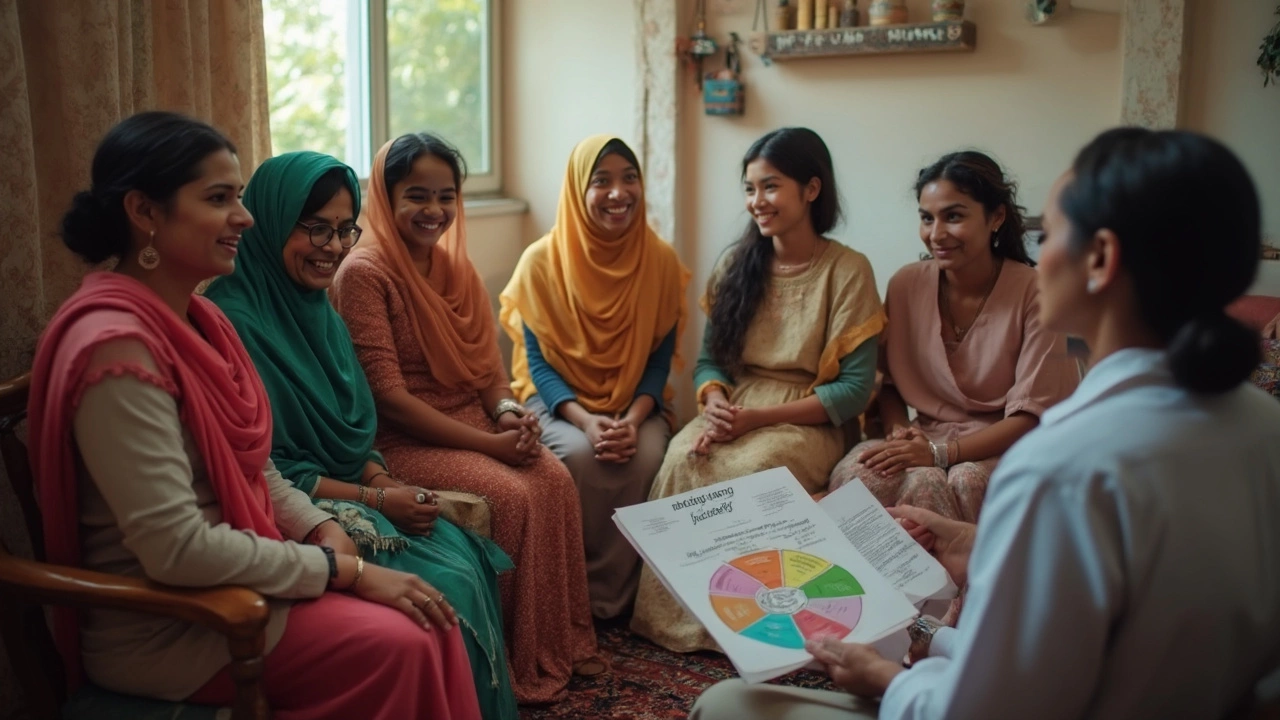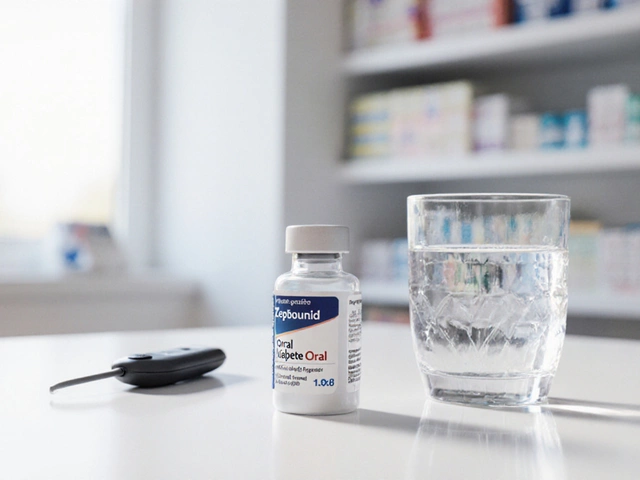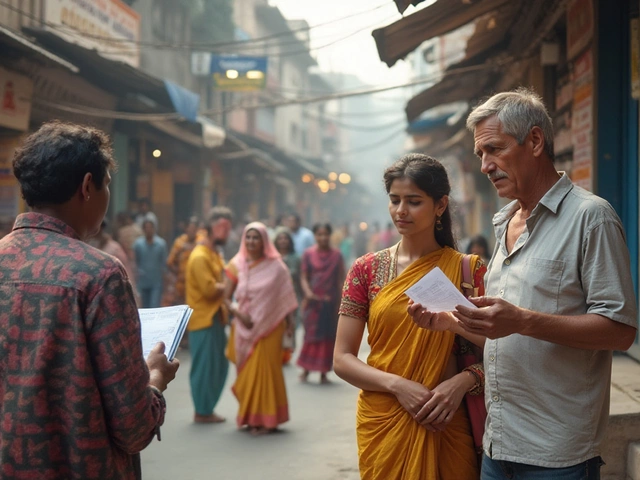Ask anyone fresh out of chemo and you’ll hear pretty mixed answers about how 'back to normal' really feels. Some folks bounce back after a few weeks, while others are still dealing with weird fatigue or tingling feet months later. It’s not just in their heads—chemo hits just about every cell in your body, not just the bad guys.
So what’s realistic when it comes to recovery? For most people, a lot of side effects like hair loss, nausea, or brain fog start to fade within weeks or months. Your immune system usually gets stronger, you start to eat better, and maybe your hair comes back (sometimes curly when it used to be straight—no joke!).
But there are cases where things never go back to how they were. Nerve damage, heart issues, or changes in memory can last ages or even be permanent. It depends on the type of chemo, your age, and just plain luck. The good news? Plenty of people find ways to work around these changes and live a full life. I’ll get into what actually happens inside your body and give you a few tips for getting back on your feet faster.
- What Chemo Actually Does to Your Body
- Short-Term vs Long-Term Effects
- What Gets Better — and What Might Not
- Making Recovery Easier
What Chemo Actually Does to Your Body
Chemotherapy is tough because it doesn’t just go after cancer cells—it messes with plenty of healthy cells too. Most chemo drugs float around in your bloodstream and target cells that grow and split fast. That sounds smart for cancer, but here’s the catch: stuff like hair roots, bone marrow (which makes blood), and gut lining also turn over quickly. That’s why the side effects can show up all over the place.
If you ever looked in the mirror and wondered why your hair is falling out after your second round—there’s your answer. Your hair follicles are collateral damage since they grow fast. Stomach trouble? Nausea, diarrhea, and mouth sores come from chemo wrecking the cells lining your digestive system. Bruising and crazy infections? The bone marrow gets hit, so your defenses (and platelets) drop.
To make things a bit easier to follow, here’s a quick look at where chemo tends to have the biggest impact:
- Chemotherapy recovery is tested hardest in your immune system—white blood cells can tank quickly, so you get sick easier.
- Fatigue is common because red blood cells (which carry oxygen) often dip, making you feel wiped out.
- Nerves sometimes get damaged, causing tingling or numbness—doctors call it neuropathy.
- Changes to taste and smell, and sometimes forgetfulness (yes, "chemo brain" is real).
Some stats really bring home just how common these effects are. Check out this table based on patient surveys and studies:
| Side Effect | How Many People Get It (%) |
|---|---|
| Fatigue | 80 |
| Hair Loss | 65 |
| Nausea/Vomiting | 50 |
| Chemo Brain (Memory Issues) | 40 |
| Neuropathy (Numb/Tingling) | 30 |
Not everyone gets slammed with every side effect, and each person’s combo is different. Some bounce back fast, while others have to play the long game. But it all starts with how much your body gets hit—and where.
Short-Term vs Long-Term Effects
When people talk about chemo, they’re often dealing with two categories of side effects: those nasty ones that show up right away but usually go away, and others that can stick around long after your last infusion.
Let’s break it down. The short-term stuff tends to come on fast—usually starting days or even hours after treatment. This is the stuff everyone expects, like:
- Nausea and vomiting
- Hair loss
- Extreme tiredness
- Mouth sores
- Poor appetite
- Low white blood cell counts (which mess up your immune system)
Most of these get better in the weeks or months after treatment stops. For example, hair almost always grows back (sometimes looking different). Fatigue tends to improve, especially with gentle exercise, even if it takes some time.
The long-term effects are a different story. Some of these might sneak up on you, even months later. The biggest ones to watch for include:
- Nerve damage (like tingling or numbness in fingers and toes)
- Thinking and memory issues—people call this "chemo brain"
- Heart or kidney problems, depending on the drug
- Early menopause or fertility issues in women
- Higher risk for other cancers down the line—though this is rare
Here’s a quick snapshot of how common some side effects are after chemotherapy recovery:
| Side Effect | Short-Term (%) | Still Present After 1 Year (%) |
|---|---|---|
| Fatigue | Up to 80 | About 30 |
| Chemo Brain | Over 50 | 10-20 |
| Nerve Damage | 30-40 | 10-15 |
| Heart/Kidney Trouble | Rare | Rare but higher risk if there’s pre-existing condition |
It’s normal to feel frustrated if symptoms hang around longer than your doctor predicted. Some people recover fast, while others need more time or extra support, like physical therapy or counseling. If something still feels off after a few months, talk to your doctor—there may be ways to manage it that you haven’t tried yet.

What Gets Better — and What Might Not
After the last round of chemo, your body starts a slow but steady bounce-back. The good news is, some of the roughest parts of treatment can improve pretty quickly. For example, things like nausea, appetite loss, and mouth sores usually fade within weeks. Hair often starts growing back a month or two after treatment, and that "chemo brain" fog—where you forget stuff or mix up words—often clears up over a few months. Your immune system takes more time to rebuild, but most people see signs of strength returning within 6 to 12 months.
On the flip side, there are some side effects that don’t always pack up and leave. Nerve damage (called neuropathy), which can feel like tingling or numbness in your fingers and toes, sticks around for up to 30% of people, even years after treatment. Chemo can sometimes cause lasting heart or kidney issues depending on the specific drugs used, which is why oncologists keep tabs on things like your heart rate and blood pressure. Changes in hearing or balance can show up too. For some, fertility is affected, and it may be permanent, especially in older adults or after certain kinds of chemo.
Let's break this down:
- Chemotherapy recovery: Most side effects (nausea, fatigue, hair loss) tend to get better after a few weeks or months.
- Things that might last: Nerve issues (tingling, numbness), trouble with memory, changes in taste, fertility problems, and possible organ impacts.
- What makes a difference: Your age, the dose and combo of chemo drugs, overall health before treatment, and sometimes just luck of the draw.
One thing no one says enough: talking to your doctor about new or lingering stuff isn’t being a nuisance. Some lasting side effects can be managed or even improved with rehab or medication. And joining a cancer support group (even an online one) connects you with folks who totally get the ups and downs of post-chemo life. If something feels off, get it checked—catching a problem early can make a big difference.
Making Recovery Easier
Chemo recovery isn’t just about waiting things out. There are ways you can help your body bounce back, and even simple changes can make a big difference. Don't get discouraged if progress feels slow—it’s a marathon, not a sprint.
The most helpful thing you can do? Focus on the basics: eat well, move your body, and get enough sleep. But for chemo, these basics come with some special twists. Let’s get into what actually works.
- Fuel your body with the right foods: Protein helps your tissues heal, while fruits and veggies fight off infection and bring back your energy. Small, frequent meals are easier to handle if you don’t have your appetite yet. Some folks swear by easy smoothies or soups loaded with colorful veggies.
- Stay active, even a little: Walking Bruno, my dog, got me out of bed most days after chemo. Even ten minutes a day helps—light movement improves mood and keeps your muscles from getting stiff or weak.
- Hydrate like it’s your job: Chemo can dry you out. Drinking water and electrolyte drinks can flush out leftover chemo drugs and make you feel more human.
- Deal with brain fog: Keep a planner or use phone reminders for anything important. Your brain takes longer to bounce back than your hair, so go easy on yourself if you’re forgetting things.
- Ask about rehab: Physical or occupational therapists sometimes offer “chemo rehab,” which is like training for your body and memory. Don’t be shy about bringing this up with your care team.
Here’s a quick look at what people report as the toughest parts of chemotherapy recovery, and what helps most:
| Challenge | How Common | What can help |
|---|---|---|
| Fatigue | Up to 80% of patients | Short naps, gentle exercise, balanced meals |
| Nerve pain / tingling | About 30-40% | Physical therapy, certain medicines, hand/foot care |
| Brain fog | Roughly 30% | Sticky notes, reminders, patience |
| Digestive problems | Over 60% | Light, bland foods, hydration, fiber |
A lot of people forget about emotional recovery, which can be just as tough as the physical part. Talking to a counselor or support group, even online, is a game-changer. You don’t need to go it alone.
Stay honest with your doctor about what’s going on, even the awkward stuff. There’s usually something that can help—maybe a med change, physical therapy, or just more time. Your recovery path won’t look like anyone else’s, and that’s totally normal.





